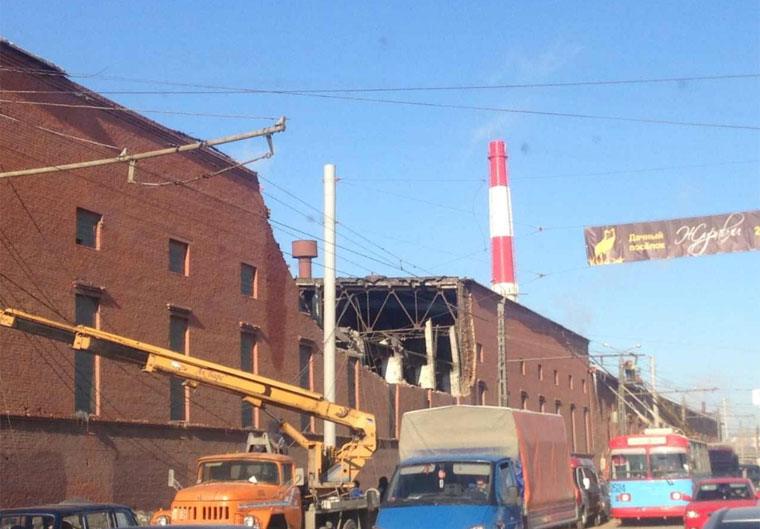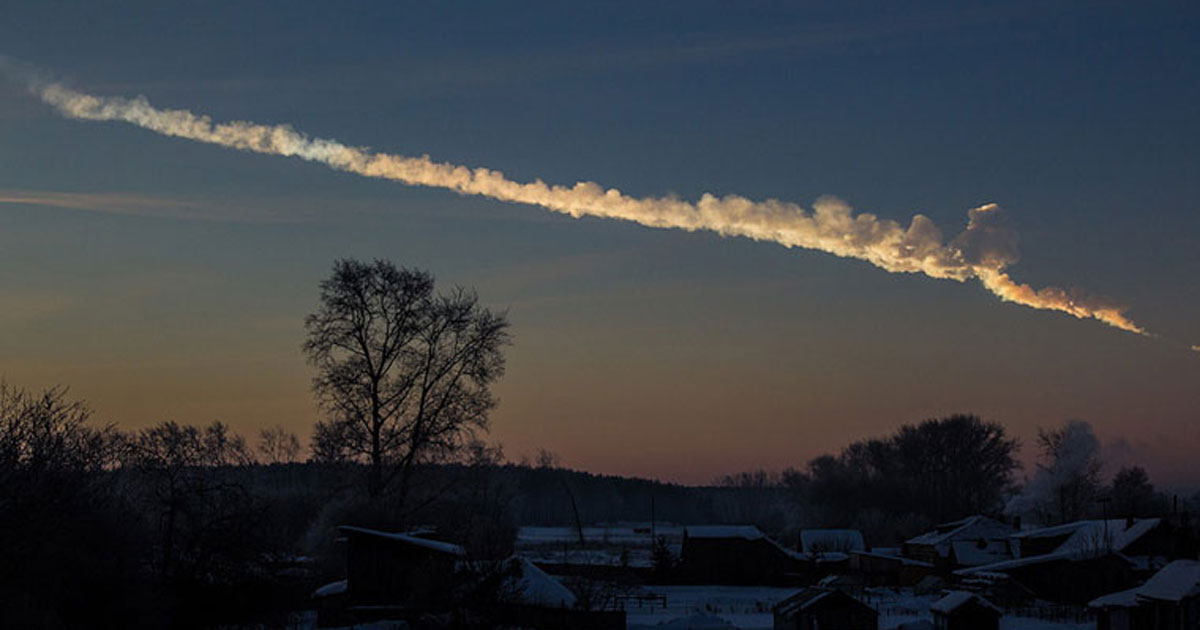An asteroid the size of a 10-storey building flew past Earth on Monday, Jan. 9, 2017, coming within about half the distance that the moon is from our planet, according to IFL Science carrying a Business Insider story.
The asteroid, named 2017 AG13, and also called a near-Earth object, or NEO, was discovered only three days prior on Saturday by the University of Arizona's Catalina Sky Survey.
The asteroid measured between 15 to 34 metres (50 and 111 feet) long.
It swung by Earth at 16 kilometres per second (9.9 miles per second). This is equivalent to 57,600 kilometres per hour.
The flyby was broadcast live at 7:47 a.m. ET (8.47pm Singapore time) on Jan. 9 by Slooh, a company that broadcasts live views of space.
Eric Feldman, a Slooh astronaut, said during the broadcast: "It actually crosses the orbits of two planets, Venus and Earth."
Such strikes occur about once every 150 years, according to Purdue University, but it has been described as "not that uncommon".
Slooh also said 2017 AG13 was "roughly the same size as the asteroid that struck Chelyabinsk, Russia in 2013."
 The impact caused by an asteroid that exploded over Chelyabinsk, Russia, in 2013.
The impact caused by an asteroid that exploded over Chelyabinsk, Russia, in 2013.
According to an asteroid-impact simulator called "Impact Earth!" by Purdue University, a porous rock asteroid 34 meters long hitting Earth at a 45-degree angle would have exploded as an air burst.
The blast would have released energy dozens of times more powerful than the atomic bomb detonated over Hiroshima -- about 700 kilotonnes' worth.
But since it would have occurred at 16km (10 miles) above ground level, it probably wouldn't have had much effect on the ground, except a loud sound overhead.
The Russia asteroid hit caused some on-the-ground effects, including shattered windows and slightly damaged buildings.
Mark Sykes, director and CEO of the Planetary Science Institute, told Business Insider: "It is not that uncommon of an event, which is one of the reasons it is interesting."
About 38 more "close approaches" like asteroid 2017 AG3's are expected in January alone, according to NASA's Near Earth Object Program.
It is just a matter of whether Earthlings spot them before they arrive.
Top photo of 2013 Chelyabinsk, Russia from Wikimedia
If you like what you read, follow us on Facebook, Instagram, Twitter and Telegram to get the latest updates.
